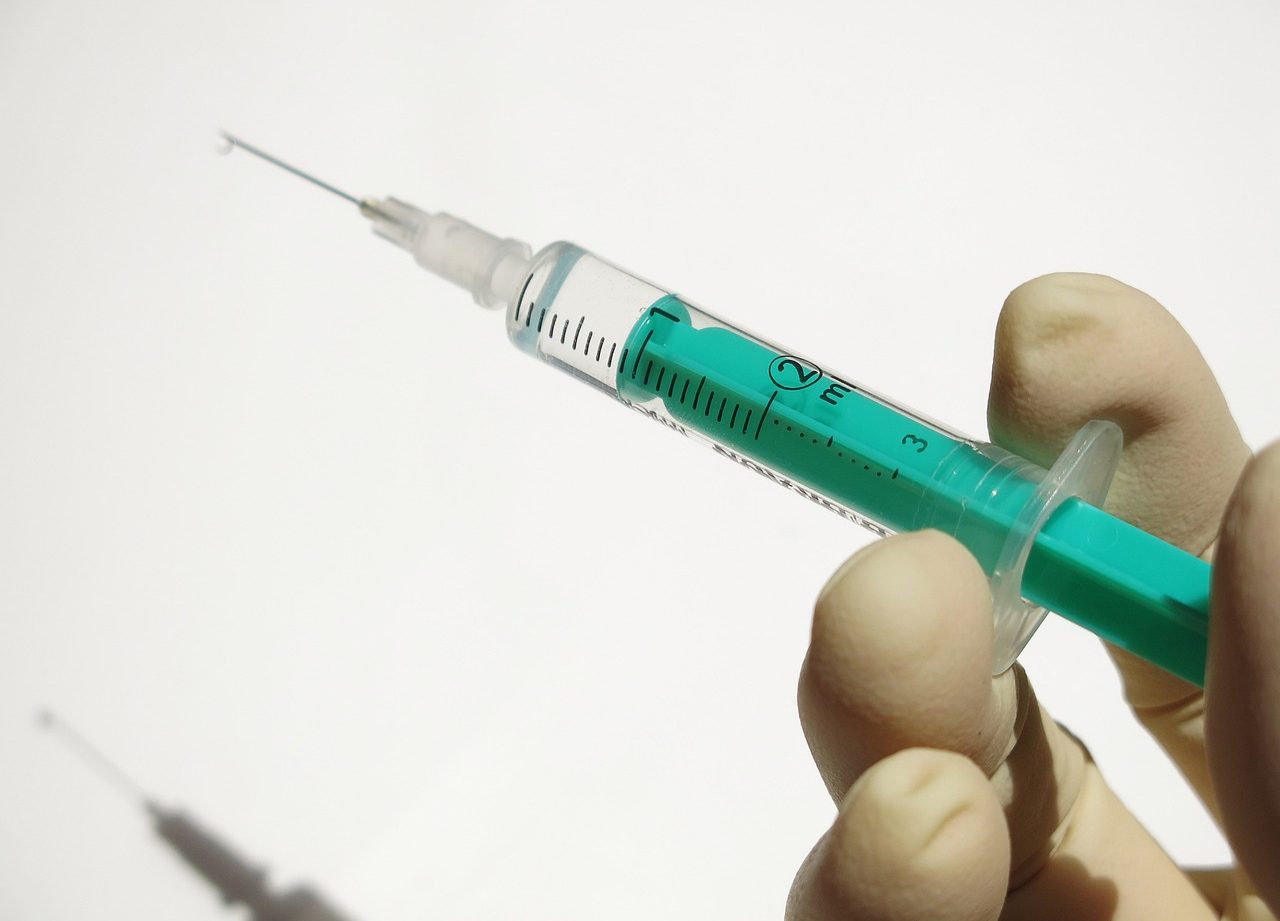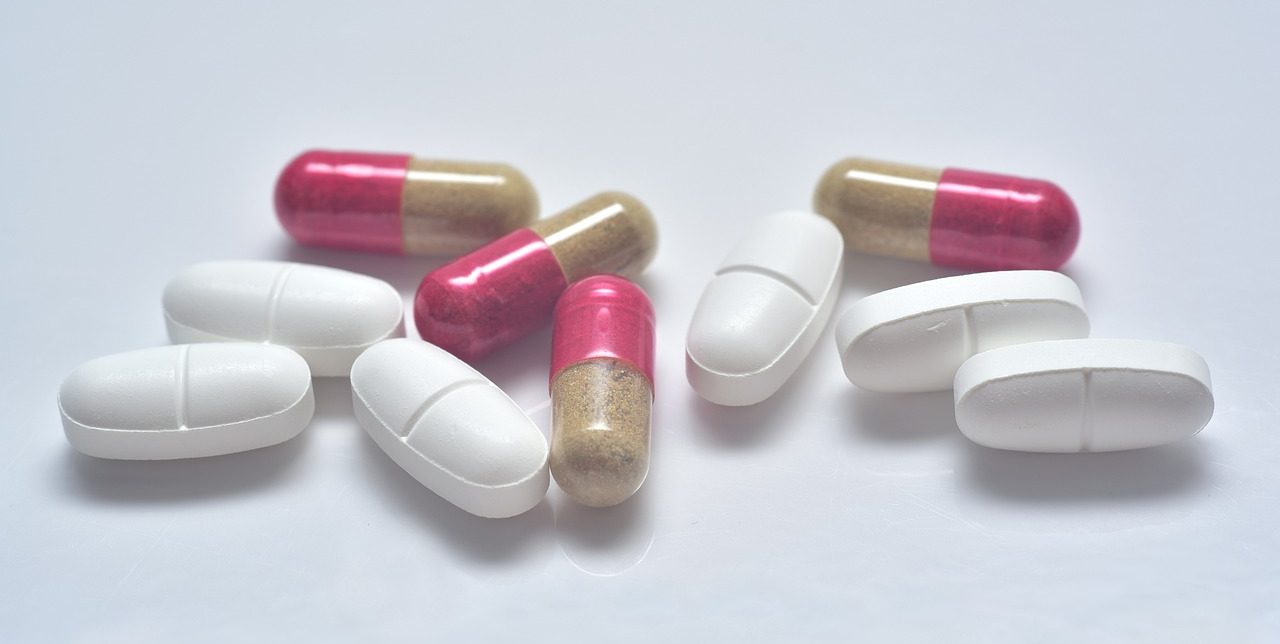
Bioavailability is associated with the speed and quantity with which a drug is absorbed in the body and reaches its point of action.
Bioavailability is a term that refers to the speed and quantity with which a drug is absorbed and reaches its point of action in the body. The word, in any case, is not part of the dictionary of the Royal Spanish Academy ( RAE ).
To know the meaning of the term, it is necessary to start by knowing its etymological origin. In this case, we can establish that it is the result of the sum of two clearly differentiated parts:
- The noun bios , which can be translated as “life” .
- The word availability , which has Latin origin and is the result of the union of several components: the prefix dis- , which means “from top to bottom” ; the verb ponere , which is synonymous with “put” ; the particle -ible , which can be translated as “that can” ; and the suffix -dad , which indicates “quality” .
What is bioavailability
It can be noted that bioavailability refers to the time and fraction with which the active ingredient reaches its therapeutic target (the site of the body where it carries out its action). This bioavailability is reflected in the measurement in the blood of the parameters of the medication in question, based on the levels reached in the systemic circulation of the individual.
The highest concentration of the active ingredient in plasma or blood ; the time at which said concentration is recorded; and the area under the curve of plasma concentration over time are the main parameters of bioavailability.

The bioavailability of a substance administered orally is lower compared to intravenous administration.
Efficacy of a drug
It can be stated that bioavailability refers to the percentage of the active ingredient found in the plasma. The format of the medication (capsule, tablet, etc.), the route of administration (oral, intravenous, topical) and other factors cause bioavailability to vary.
Bioavailability, in this way, can demonstrate that the effectiveness of a drug changes according to how it is supplied. The same amount of an active ingredient acts differently if it is administered as a capsule or if it is applied intravenously, to name one possibility. This is because, before reaching the blood circulation and the site of action , the drug has to overcome several organic barriers that cause losses in the original dose.
Examples of bioavailability
In this sense we can establish that the injection of a medication is indicated to have a bioavailability of 100% right after application. And the active substance it has has been administered directly through the blood.
Precisely for this reason, when it is a substance that is administered, for example, orally , the bioavailability is reduced. This is because, once the drug enters the body through the mouth, it has to pass through the esophagus, stomach and intestines.
The bioequivalence
In relation to the term at hand we have to highlight the existence of another one that is used very frequently. We are referring to what is called bioequivalence .
It is a concept that is used to refer to the relationship that exists between two preparations of the same drug, with identical dosage and with similar bioavailability.
